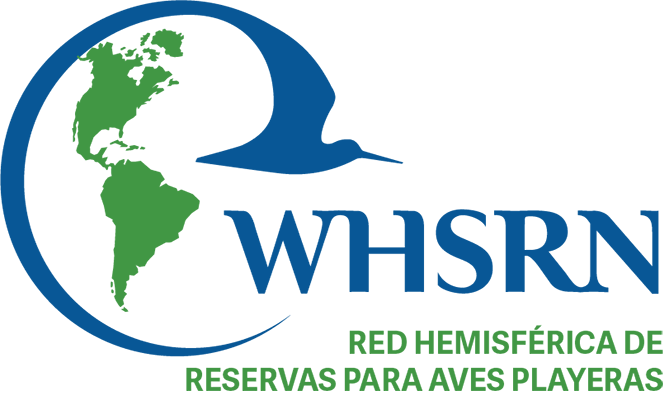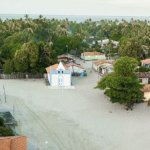By Joaquín Aldabe & Nicolas Marchand
Between July 22 and 25, we visited the WHSRN Site Laguna Mar Chiquita grasslands in Córdoba to strengthen the exchange of experiences between Uruguay’s coastal lagoons and those in Mar Chiquita, Argentina. This visit followed a previous one by the Aves Argentinas team to Uruguay.
The purpose of the visit was to understand the landscape and grassland management methods used at the site, identify threats to grassland shorebirds, learn more about the work of Aves Argentinas in the area, share insights on the challenges of conservation in productive lands, and discuss future collaborations.
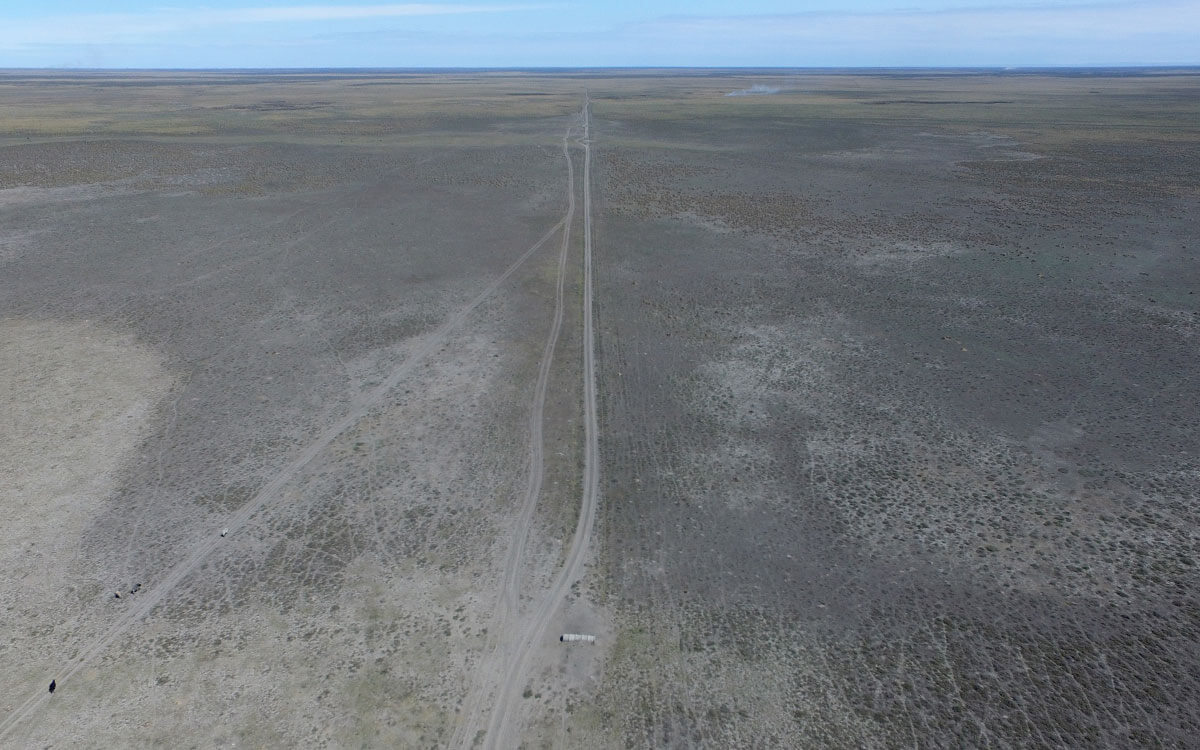
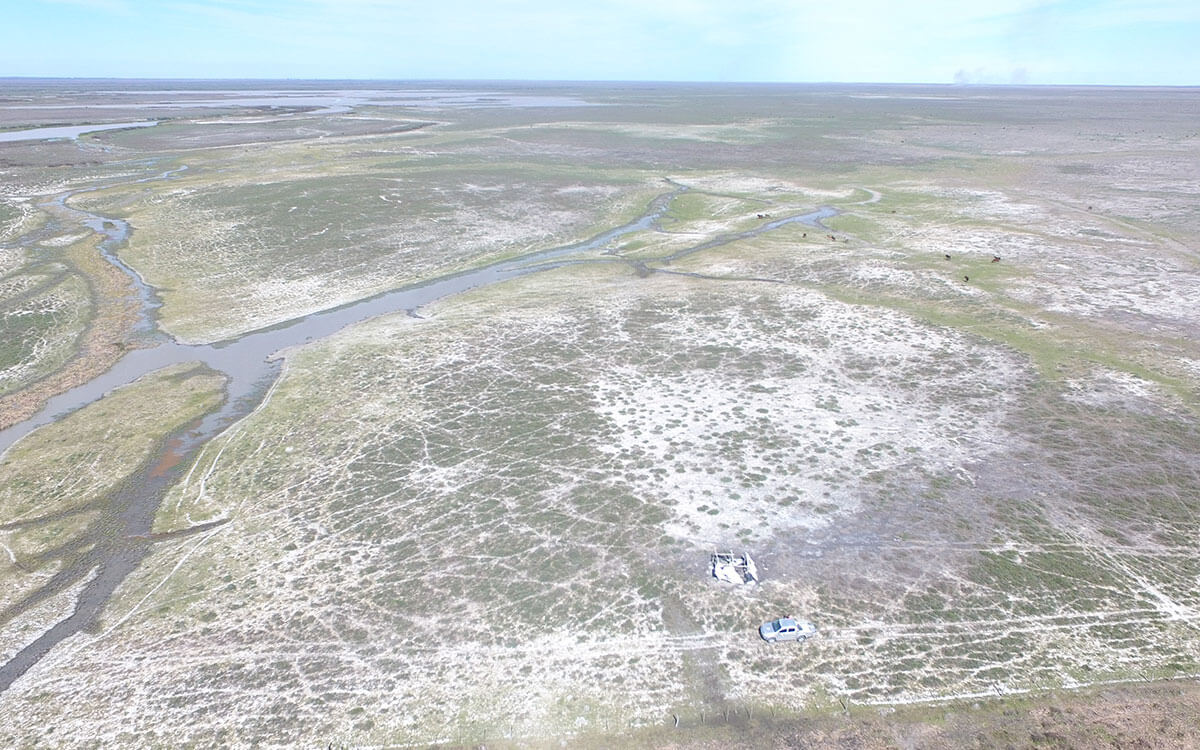
Grassland degradation. Photo: Exequiel Vivas de Aves Argentinas.
We began our visit in the southern area of the lagoon, where we observed a high degree of transformation in the natural environment. This region is characterized by intensive land use, mainly in agriculture and dairy farming, being one of the country’s leading dairy basins. High phosphorus levels in the soil facilitate intensive agricultural production.
We then traveled to La Rinconada, in the northern part of the lagoon, where natural environments such as saltgrass prairies, wetlands, and Chaco forest prevail. We toured the grasslands extensively, noting the predominance of tall grasslands (50 cm or more), which are managed through unplanned burns. Short-grass areas were also identified, where the Aves Argentinas monitoring team has detected higher concentrations of grassland shorebirds, such as the Upland Sandpiper (Bartramia longicauda), Buff-breasted Sandpiper (Calidris subruficollis), and American Golden-Plover (Pluvialis dominica).
In terms of threats to grassland shorebirds, agricultural transformation pressure appears limited due to terrain conditions like salinity and flooding. However, the short-grass areas, which are favorable for these birds, are relatively scarce. Additionally, the Aves Argentinas local team has identified degraded short-grass areas due to overgrazing (see aerial photograph). Improved grazing management to prevent grassland degradation would be desirable. In this regard, there is an interesting network of actors who could make significant contributions, including the Ansenuza National Reserve, the Provincial Multiple-Use Reserve of Bañados del Río Dulce and Laguna Mar Chiquita, the National Parks office, NGOs, and livestock producers.
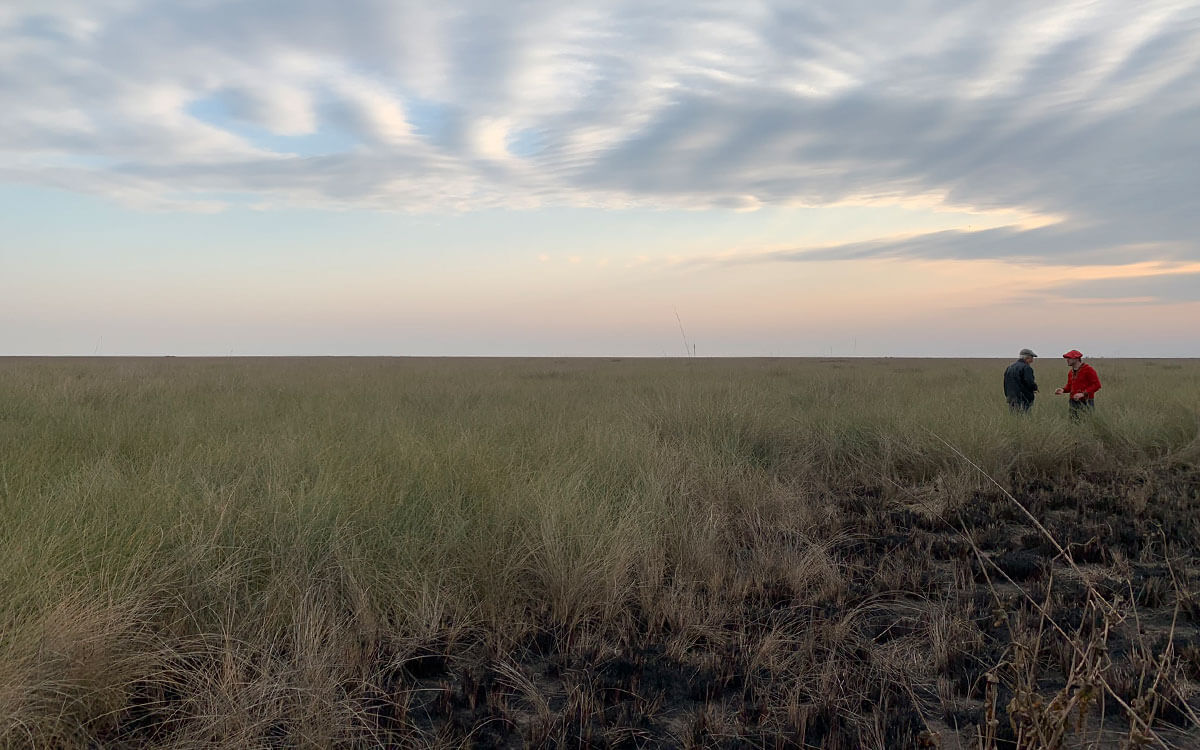
Natural grasslands landscape at WHSRN Site Laguna Mar Chiquita. Photo: Joaquín Aldabe.
Grassland burning is a common practice in the area. Assessing how shorebirds could use these recently burned grasslands is valuable. The Buff-breasted Sandpiper is known to utilize burned grasslands extensively in Kansas, USA, suggesting that this species could also benefit from burned grassland patches in Mar Chiquita.
We observed an excellent working relationship between the Aves Argentinas team and local producers, with a clear foundation of trust and collaboration. This approach is very similar to the one used in the grasslands of Uruguay’s coastal lagoons, the Beni Savannas, and the Llanos de Orinoquía (Bolivia). It involves a strong on-the-ground presence, fostering trust between technicians and producers, and supporting production aligned with natural processes.
The visit was an excellent working experience that bridged distances, established several lines of future collaboration with the Aves Argentinas team, and laid the foundation for developing a regional project. This project will involve a series of WHSRN sites in grasslands across various South American countries.
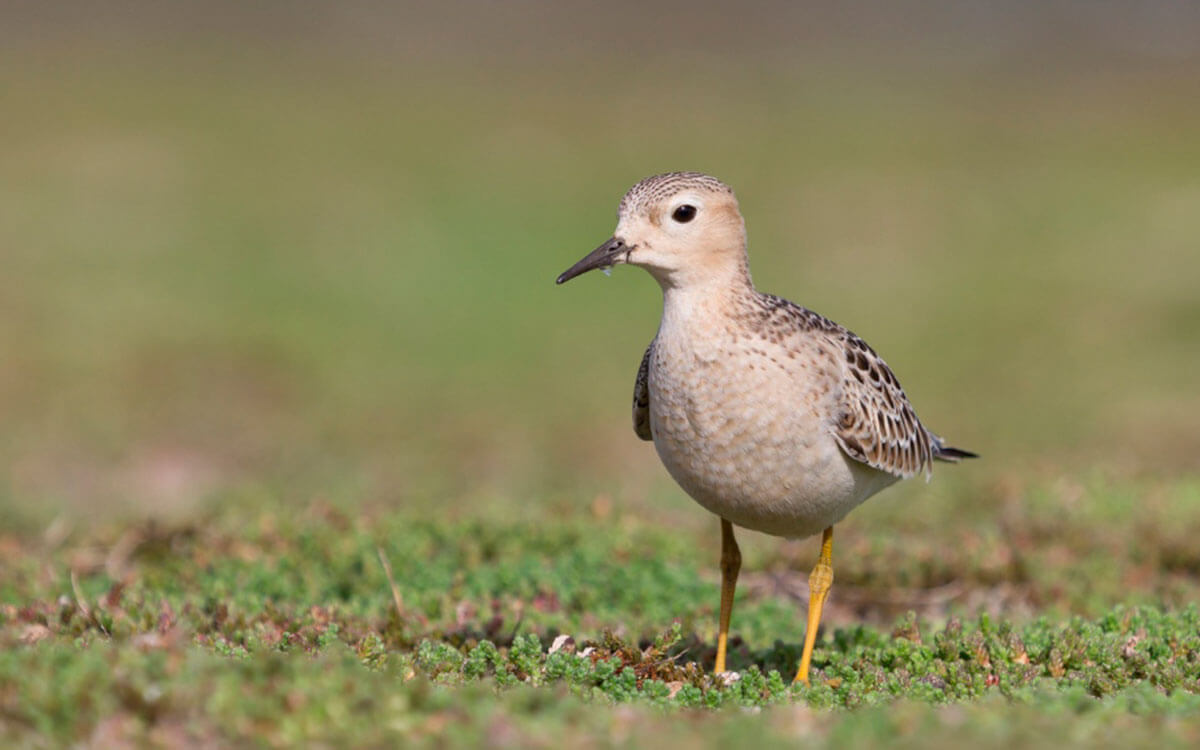
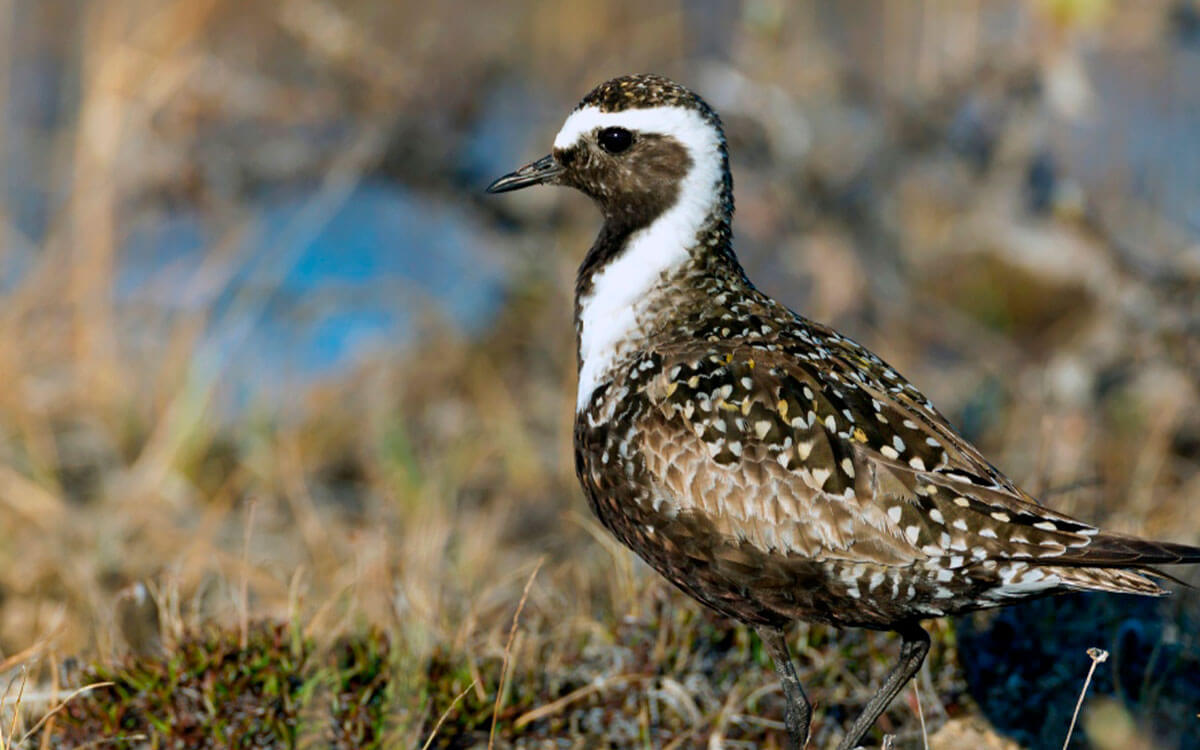
Left: Buff-breasted Sandpiper on a field. Right: American Golden Plover in breeding plumage. Photos: Getty Images.
Cover Photo: (Calidris subruficollis). Photo: Natalia Martínez-Curci.


